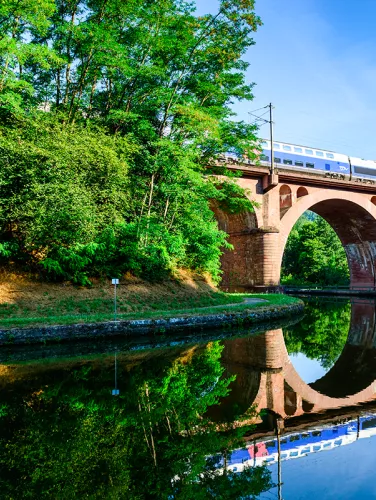The stages in opening up the market
The opening up of the rail market to competition was initiated by the European Union and implemented progressively within the framework of European directives known as "railway packages".
Since 2001, four railway packages have been passed. Each Member State then transposed them into its own legal framework and implemented them.
2001: 1st railway package
This first directive defines the essential functions (allocation of train paths and pricing) and the conditions for opening up international freight to competition.
2004: 2nd railway package
The second railway package expands on the conditions for opening up the international freight market and defines the conditions for opening up domestic freight.
2007: 3rd railway package
This third package concerns international passenger transport and cabotage, i.e. the possibility of taking passengers on board in a country to make a domestic journey as an extension of an international journey.
2017: 4th railway package
This is the final stage in the opening up of the European railway area, which focuses on national passenger transport. The terms of this package were transposed into the June 2018 law for a new rail pact, one of the 4 focuses of which provides for a gradual opening up to competition, distinguishing between the regulated and non-regulated markets.

